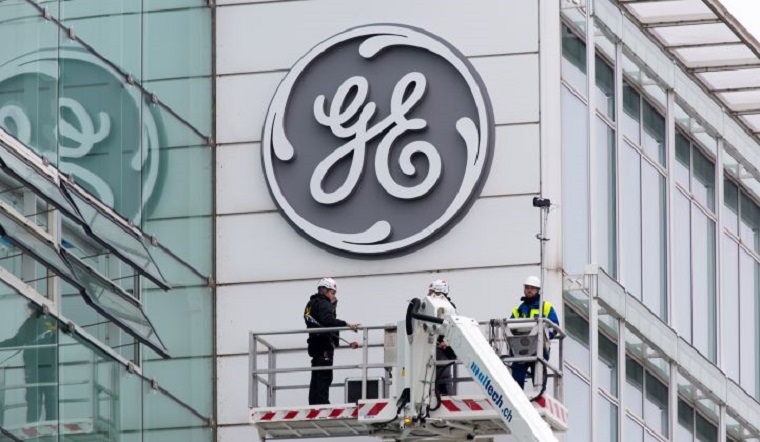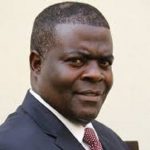 One of Zimbabwe’s strongest critics the United States says the transitional stabilisation programme which Zimbabwe started implementing last year could resolve many of the country’s fundamental weakness if implemented fully.
One of Zimbabwe’s strongest critics the United States says the transitional stabilisation programme which Zimbabwe started implementing last year could resolve many of the country’s fundamental weakness if implemented fully.
In its 2019 investment climate statement on Zimbabwe published last week, Washington said investor optimism that followed the November 2017 fall of President Robert Mugabe had weakened because President Emmerson Mnangagwa’s government was slow to follow through on reforms to improve the ease of doing business and a protracted currency crisis that strained the economy.
“The Transitional Stabilization Program, announced in 2018, includes structural and fiscal reforms that, if fully implemented, would resolve many of the economy’s fundamental weaknesses,” the statement said.
It highlighted some of the positive policies that Mnangagwa implemented as the amendment of the indigenisation laws but said investors remained cautious.
“Zimbabwe has attracted low investment inflows of less than USD 500 million annually over the past decade,” the statement said.
“Between 2014 and 2017, foreign direct investment inflows fell from USD 545 million to USD 289 million, but rose to approximately USD 470 million in 2018.
“The government announced its commitment to improving transparency, streamlining business regulations, and removing corruption, but the last two years have brought only modest progress.”
The US said though Zimbabwe had introduced a number of incentives to attract foreign direct investment, corruption was still rife and there was little protection of property rights
Sectors that were attracting most investors were agriculture, especially tobacco, mining, energy and tourism.
US giant General Electric has just been awarded a tender to build the US$4.2 billion Batoka Gorge Hydro-Electric Plant jointly with Power China.
(143 VIEWS)


